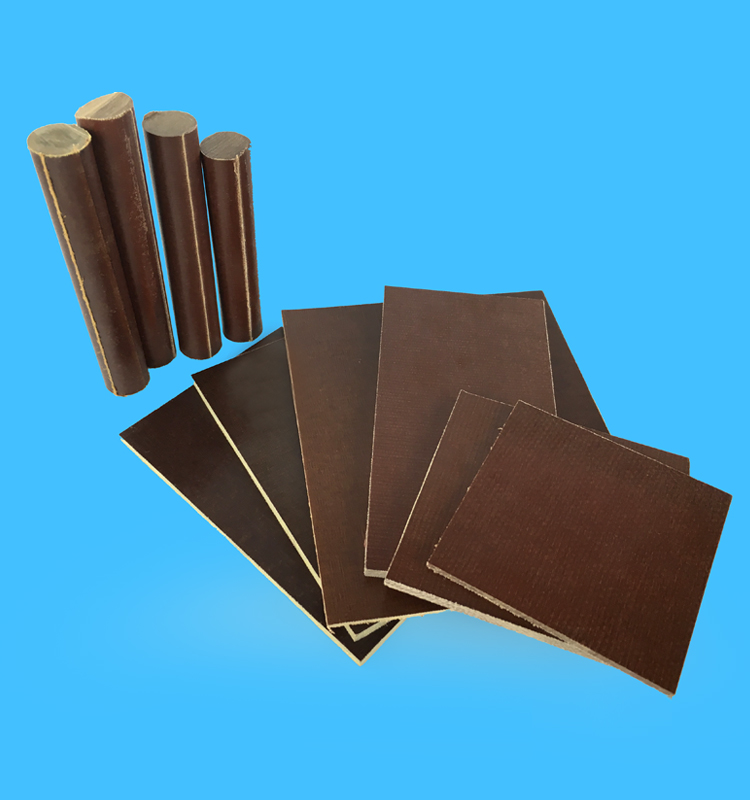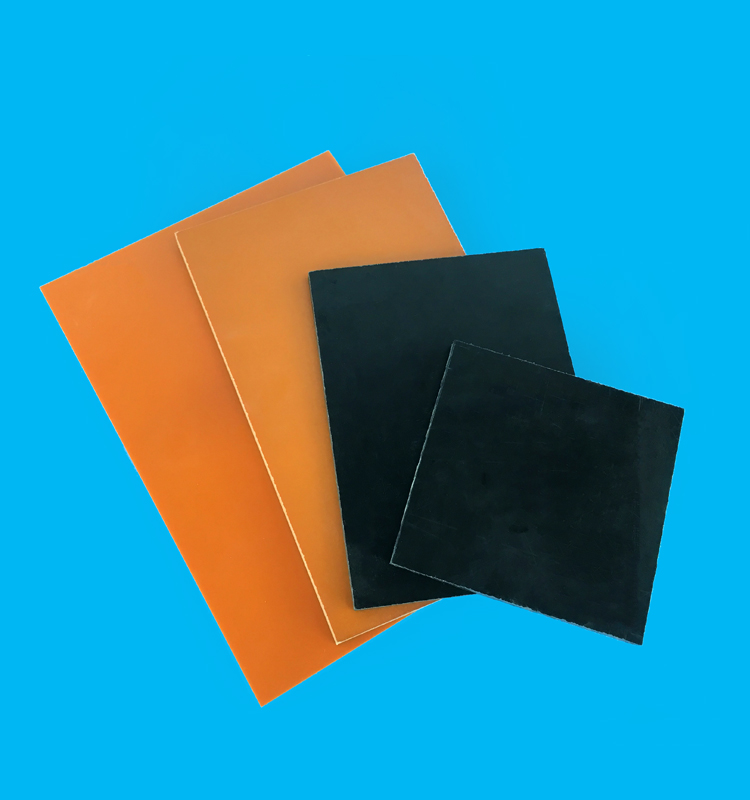(2) Minimum nutrient law: The minimum nutrient law is a basic law in crop nutrition. Its basic implication is that among the various essential nutrients in crops, the growth and yield of the crops is the nutrient with the lowest available nutrient content in the soil. If you ignore the limiting factor of the minimum nutrient content required for crops, other nutrients will be higher and it will be difficult to increase crop yields. Only by increasing the minimum nutrient content can the yield increase. The practice of agricultural production fully proves that the minimum nutrient law has important guiding significance for rational fertilization and promotion of agricultural development.
(3) Law of diminishing returns: The law of diminishing returns is an objective law that reflects the input and output of fertilizers. In the case of low crop yields, the relationship between fertilization and yield is often linear, but as the amount of fertilization continues to increase, there is a curvilinear relationship between fertilization and yield. Its characteristic is that under the same production conditions, with the increase of fertilization amount, the yield will increase, but the increase of crop yield will gradually decrease with the increase of fertilization amount, which is the law of diminishing returns. Moreover, when the crop yield reaches the highest level, increasing the amount of fertilizer application will not increase the yield, but will cause a decrease in production. This shows that in production practice, the more fertilizer is applied, the higher the yield. If you do not change other production conditions, blindly pursue high yields and blindly over-fertilize, you will inevitably be punished by the law of diminishing returns. Therefore, the application of this law has important guiding significance for overcoming blind fertilization and scientifically quantitative fertilization according to the highest yield that can be achieved under certain production conditions.
This laminated product is formed through heat pressing after electric industry alkali glass cloth dips into the phenolic resin. It has high mechanic and dielectric performance, and applicable as insulation structural components for electromechanical/electrical equipment, as well as used under damp environmental conditions and transformer oil.
Technical requirement for surface
Appearance: The surface should be smooth. Layers, arris and bubbles are not allowed. Tiny corrugation and trimming signs are allowed. Little impurity that will not affect its voltage resistance is allowed, such as irregular color, scratch and glue marks. Tiny corrugation in the inner wall is allowed. The end shall be cut tidy. The tubes with over 13mm wall thickness are allowed to have tiny flaws on the end.
Type:Phenolic Laminated Sheet, 3021 Phenolic Paper Laminated Sheet, 3025 Phenolic Cotton Laminated Sheet, Bakelite Sheet ,Phenolic Resin Panel


Phenolic Laminated Sheet
Phenolic Laminated Sheet, 3021 Phenolic Paper Laminated Sheet, 3025 Phenolic Cotton Laminated Sheet, Bakelite Sheet
SHENZHEN XIONGYIHUA PLASTIC INSULATION LTD , http://www.xyhplastic.com